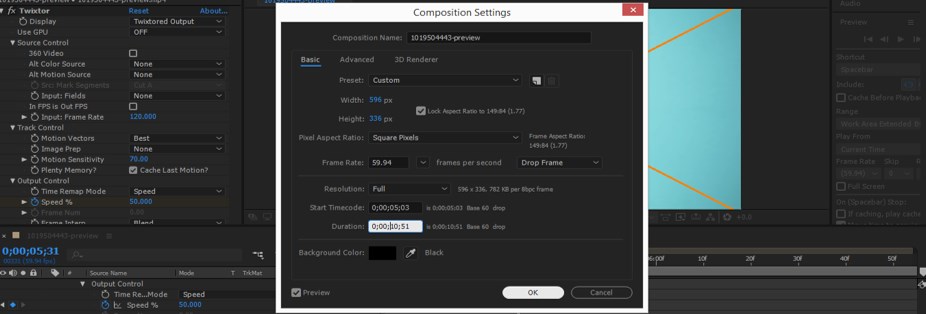

- ADOBE AFTER EFFECTS TWIXTOR TUTORIAL MAC OS
- ADOBE AFTER EFFECTS TWIXTOR TUTORIAL PRO
- ADOBE AFTER EFFECTS TWIXTOR TUTORIAL SOFTWARE
- ADOBE AFTER EFFECTS TWIXTOR TUTORIAL PROFESSIONAL
We have different types of tools in this software which makes it very useful for its user. Now let us get introduced with the tools of this software: Tools of After Effect This is also the most popular software among TV studios and Filmmakers for manipulating their shooting footage and other digital performance.
ADOBE AFTER EFFECTS TWIXTOR TUTORIAL PROFESSIONAL
We use After effect software for many different purposes such as we can animate logos for giving it a professional look in it, we can add motion effect in any text for advertising purposes and many other digital platforms require this software for giving effect in their graphics project. Let us continue our article for finding these aspects of this software: Why we should use After Effect?Īs we know After Effect is the most required software by the graphics editors for making their graphics more effective. In After Effect tutorials you will get whole knowledge about After Effect software and become familiar with all important features of this software such as Why we should use After effect?, tools of this software and many other things. Tutorials mean something that gives us knowledge about any particular thing. In this article, we are talking about the After Effect Tutorials.
ADOBE AFTER EFFECTS TWIXTOR TUTORIAL MAC OS
It was released by Adobe systems in January 1993 and compatible with Windows 10, Mac OS and their later versions. These are all good "tricks of the trade" that you should learn.After Effect is the most important software of digital media which is used for giving visual effects, motion effect and other types of digital effects in digital works. I always shoot at high shutter speeds when I need to rotoscope or greenscreen to reduce motion blur, then put it back in after the matte is created so I get better results.

I also force motion blur all the time when I speed things up.

I change the frame rates of my source footage all the time. If you are going the other way, speeding things up, and you don't need to add motion blur, all you have to do is evenly divide the frame rate.īecause After Effects does not change the original source files, the project size and the rendering time will not change if you change the interpreted frame rate of any kind of footage.
ADOBE AFTER EFFECTS TWIXTOR TUTORIAL PRO
If you need to do some crazy slowdown then Twixtor Pro does an even better job, an amazing job really, of predicting where the pixels are going to move and giving you amazing slow motion from normal frame rate footage. On its own After Effects does a very good job of blending frames. Make the frame rate of the footage less than the frame rate of the comp and you will get some frame blending. If the frame rate of the comp is not evenly divisible by the frame rate of the footage, you will get some frame blending. Change the frame rate interpolation to 120 fps and the clip now plays back in 2 seconds and you see every 5th frame. There is no need for frame blending because the frame rates are evenly divisible. Drop it in a 24 fps comp and you will see every tenth frame. Select the footage (or image sequence) in the Project Panel and use the File menu or Right-click to change interpolation to 240 fps and the footage will now playback in 1 second instead of 10. Drop the source footage into a 24 fps composition and it takes 10 seconds to playback and you see every frame. You have a video or image sequence that is 24 fps and it's 10 minutes long. As long as you don't need to delete the extra frames to save space the solution only requires a couple of clicks of your mouse. If the time between frames is not critical then there is no problem showing every 10th frame. If your image sequence has missing frames and maintaining the time difference between frames is critical you need to use some scripting or other techniques to rename the images or insert placeholders to fix the missing images.


 0 kommentar(er)
0 kommentar(er)
